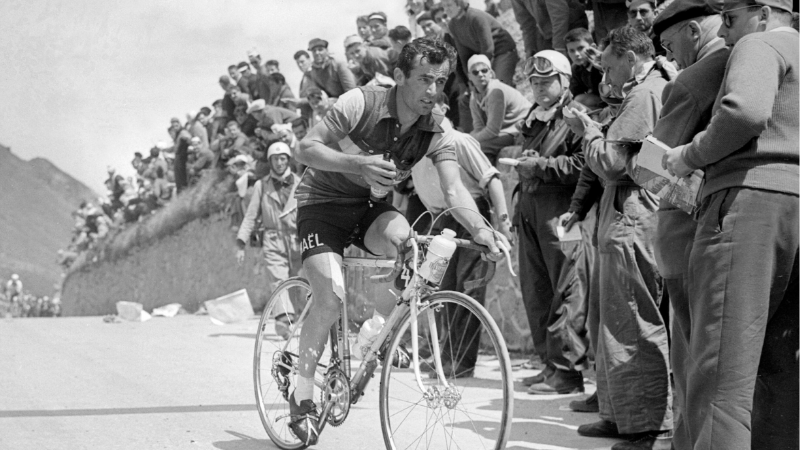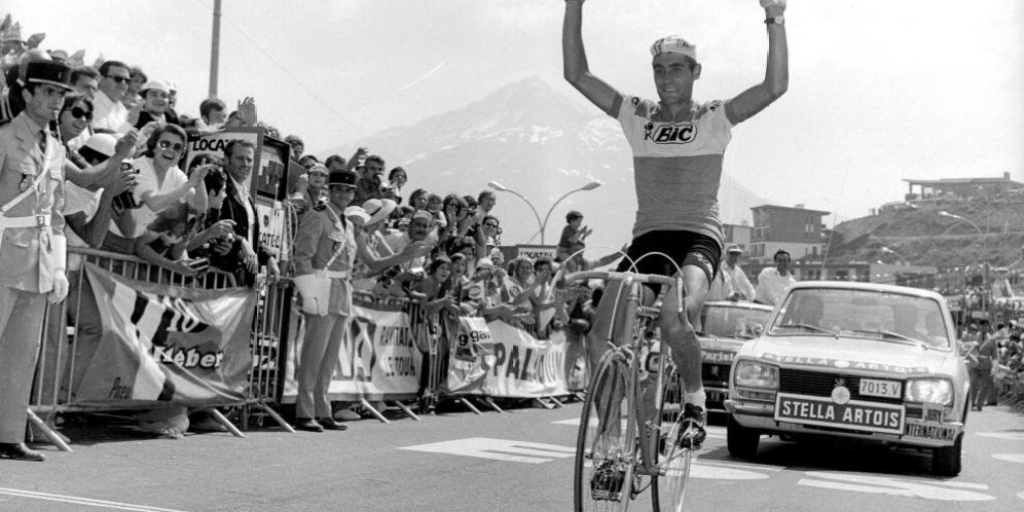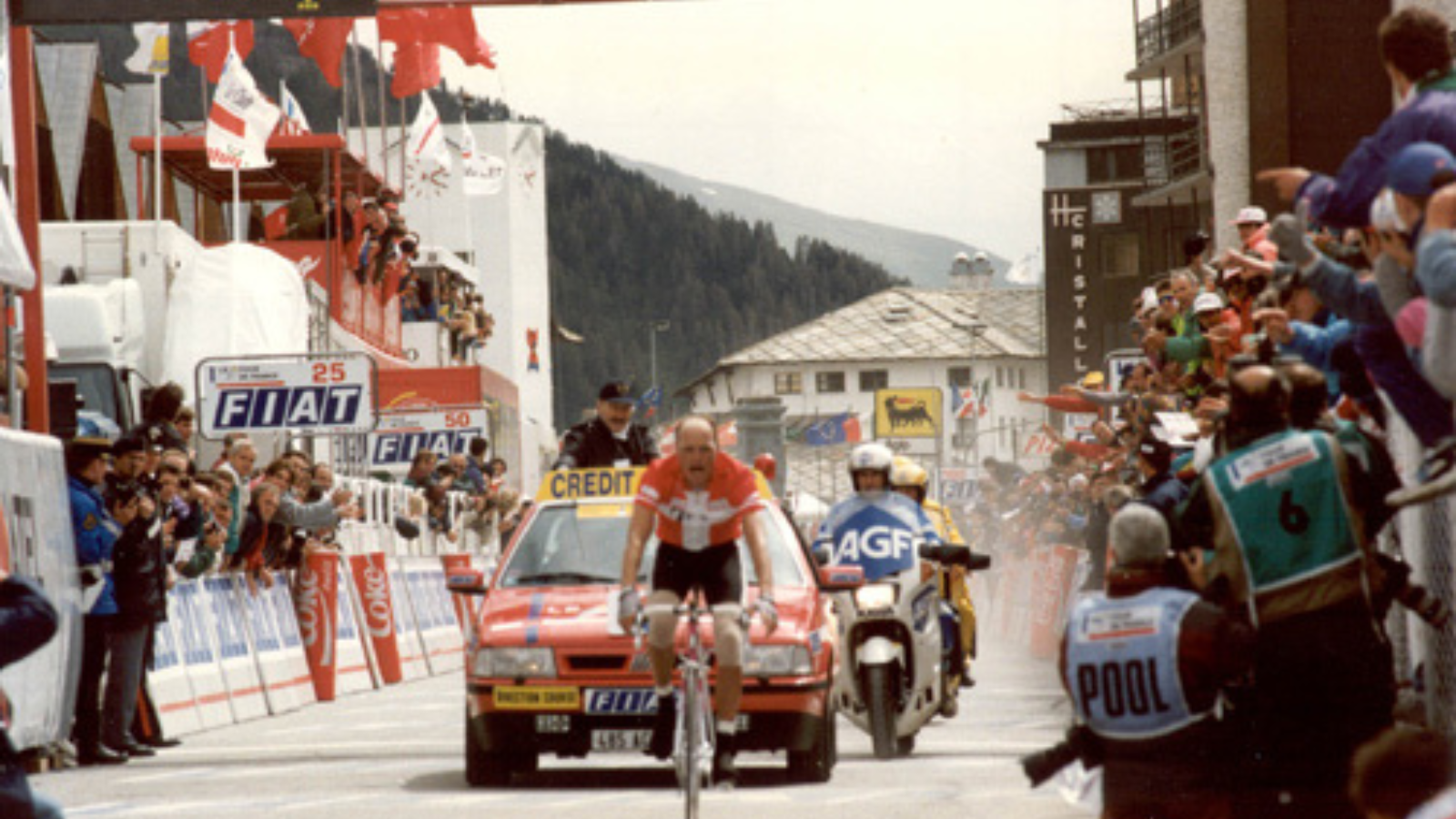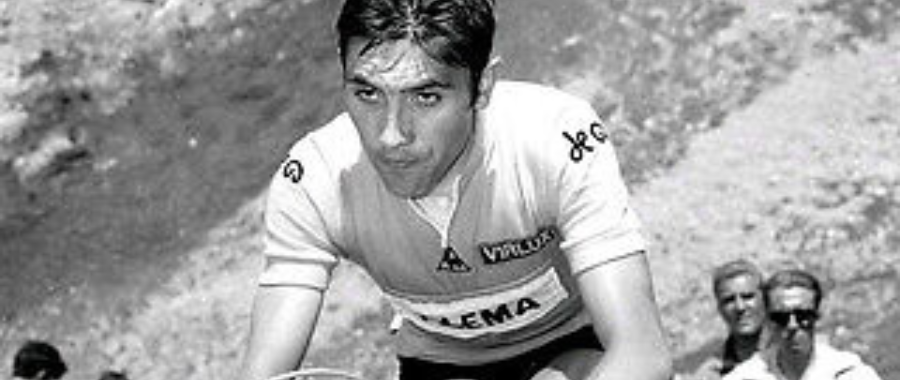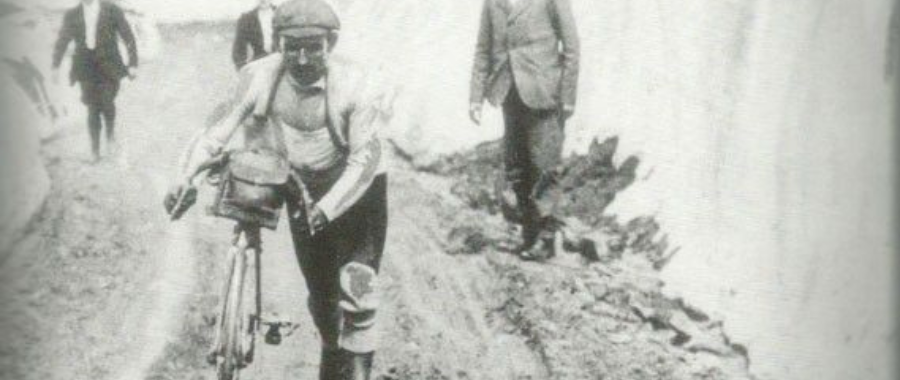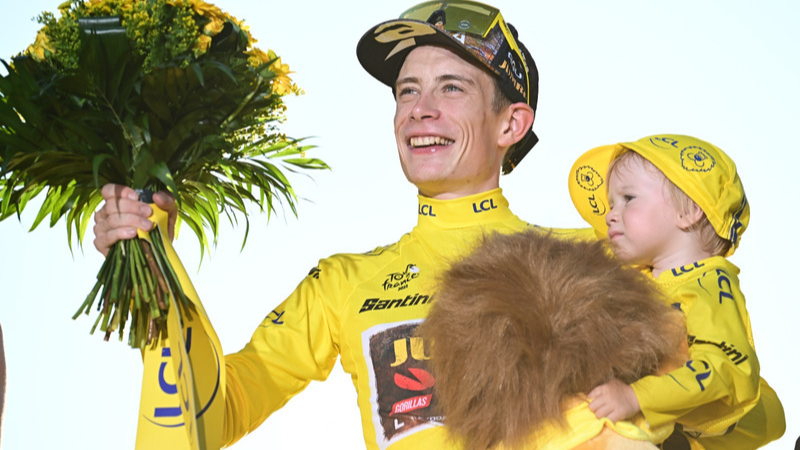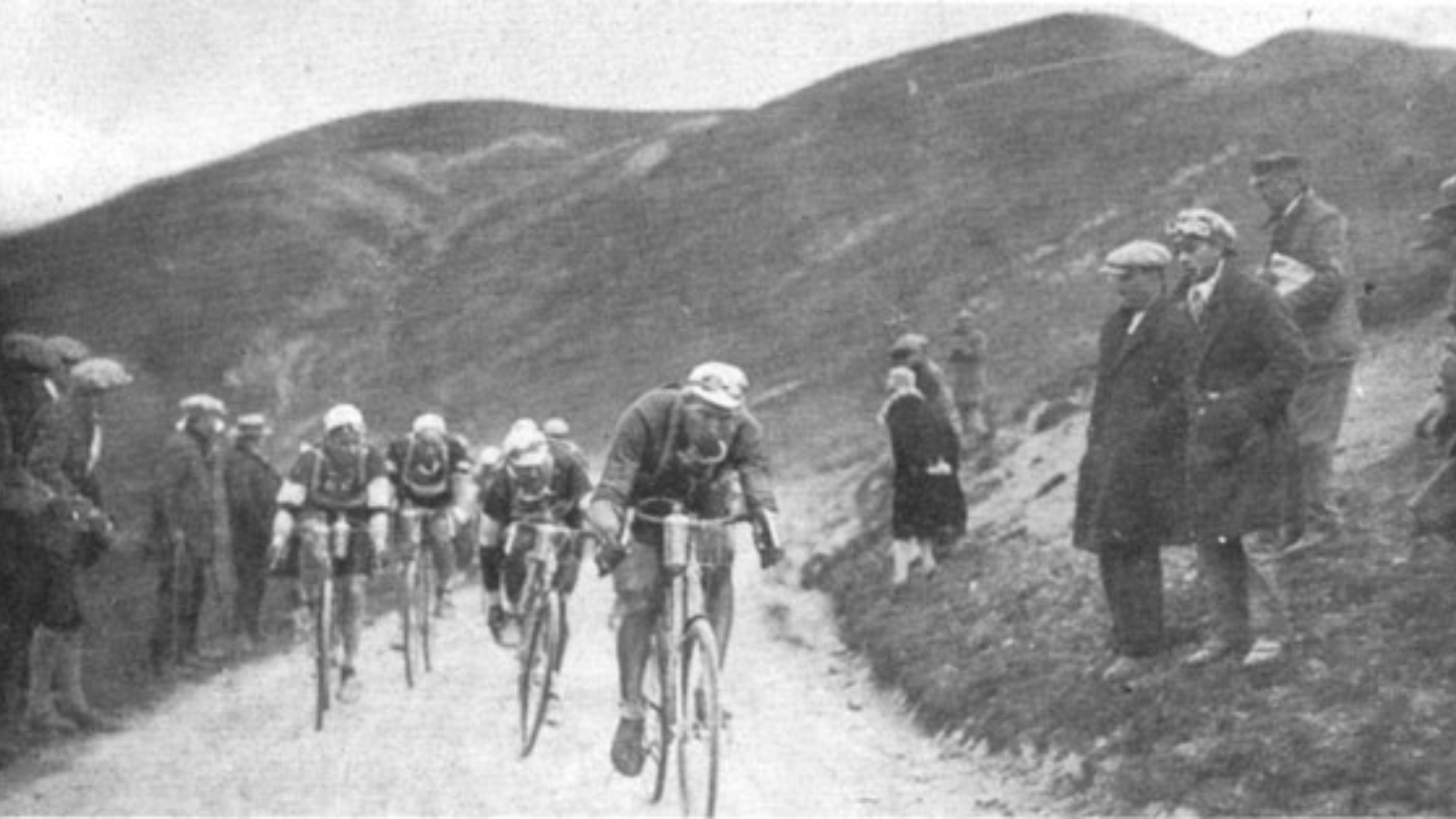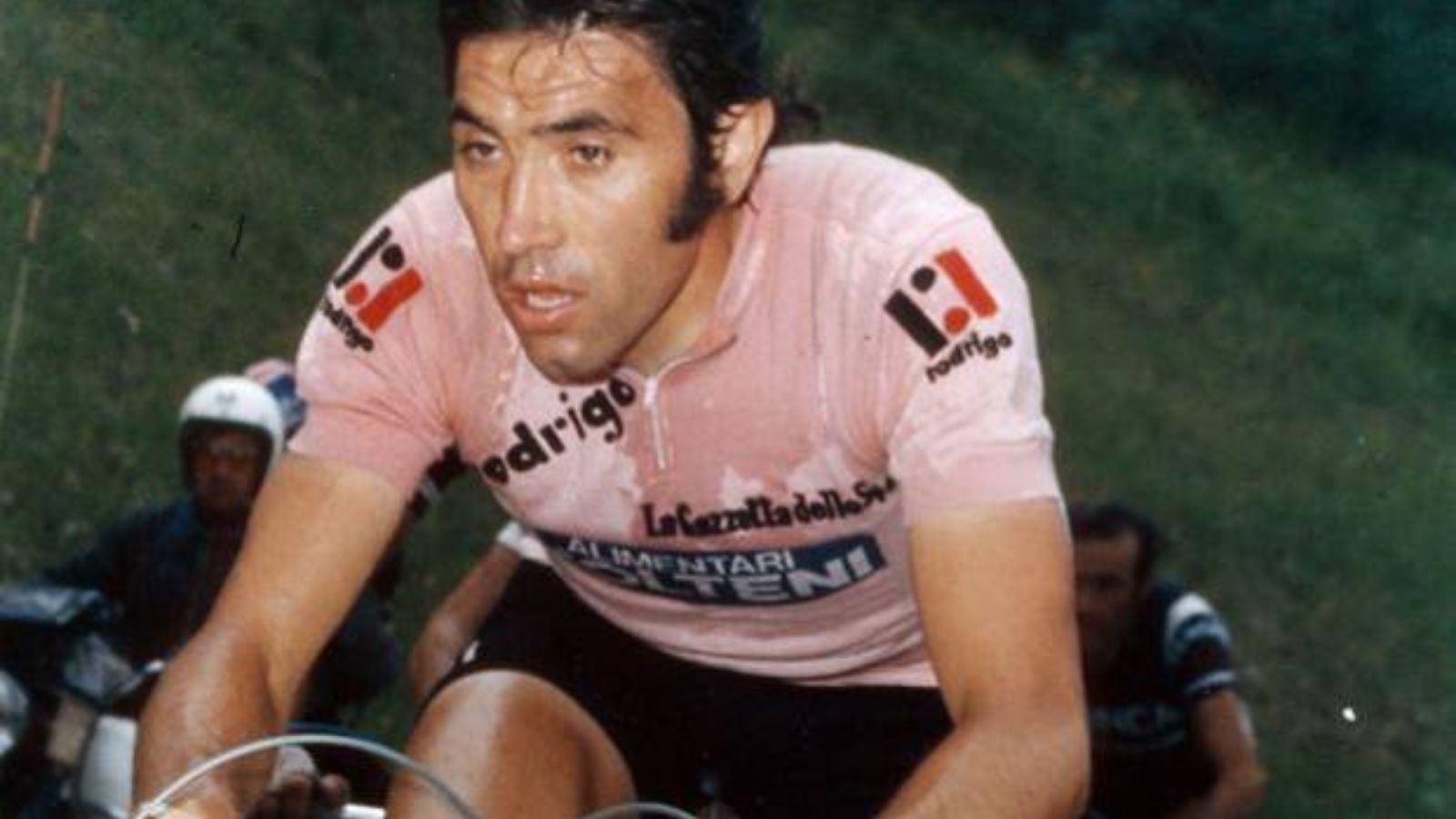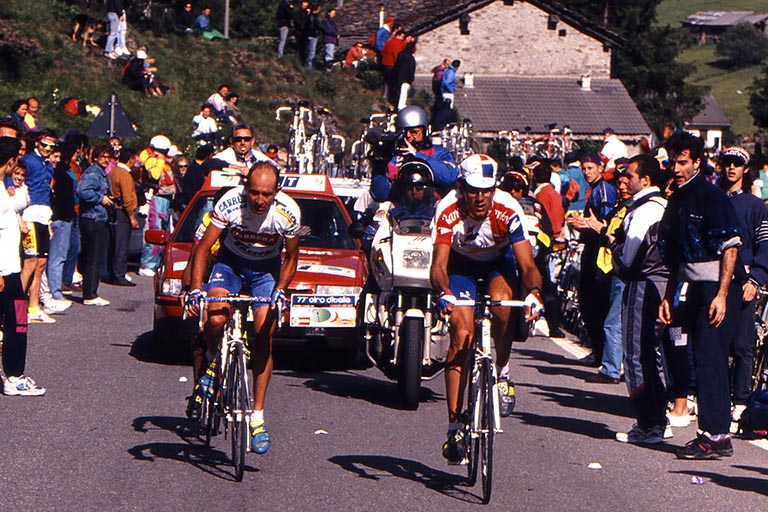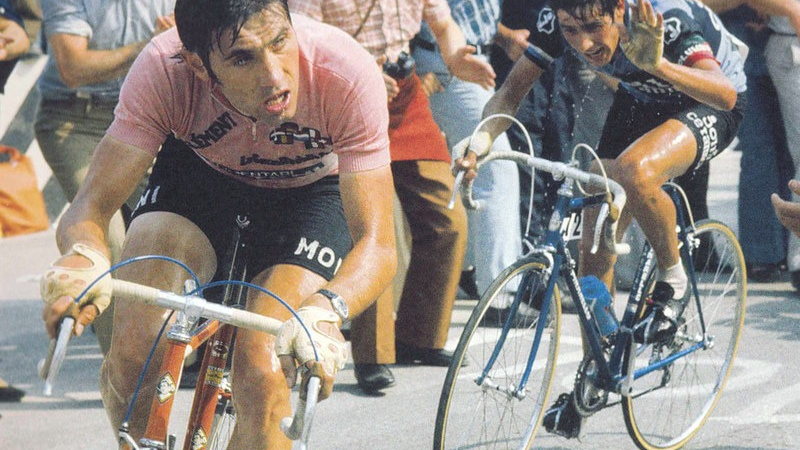9 July 1959 – Puy Mary was introduced to Tour de France
Puy Mary (Pas de Peyrol) was first used at the Tour de France in 1959. The 14th stage between Aurillac and Clermont -Ferrand was held on 9 July. This was a 231 km long course including also the ascents La Roche Vendeix and Diane. André Le Dissez crossed the finish line first, but on the top of Puy Mary Louis Bergaud could enjoythe tast of triumph. Bergaud was a local guy. He attacked right after the start and made sure he would be the first on the top of the new climb. Meanwhile the favourites of the race seemed rather to prepare for the mountain individual time trial up Puy de Dôme on the next… Read More »9 July 1959 – Puy Mary was introduced to Tour de France
